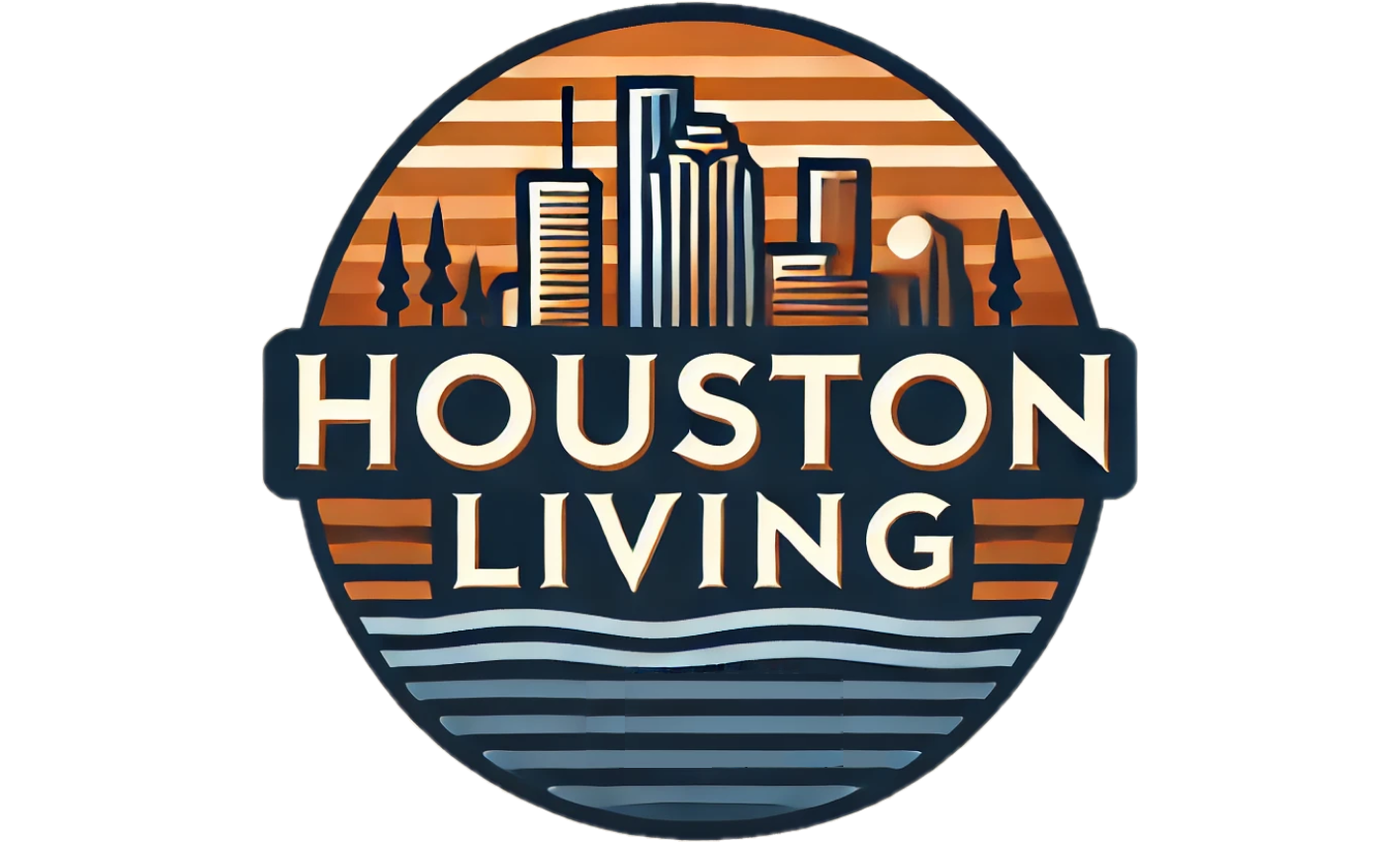
The Rising Tide of Road Rage: A Growing Concern in Urban Areas
In recent years, incidents of road rage have surged in urban settings, drawing significant concern among law enforcement and community leaders alike. The disturbing trend, fueled by aggressive driving culture and escalating tensions, highlights how a moment of frustration can lead to irreversible consequences. The shocking shooting incident in Houston, where a driver was shot after expressing frustration over another vehicle's slow pace, serves as a stark reminder of this rising phenomenon.
Understanding the Incident: What Happened in Houston
On a seemingly typical Friday night, a driver near I-45 found himself embroiled in a confrontation that quickly escalated. According to reports from the Houston Police Department (HPD), the driver exited his vehicle to confront the motorist ahead for driving too slowly. The situation intensified when he began pounding on the other driver’s car, prompting the latter to discharge a firearm in self-defense. While the injured party was hospitalized, thankfully, he is expected to recover.
Legal Boundaries: The Role of Concealed Handgun Licenses
The scenario raises deep legal questions regarding self-defense and the responsibilities of firearm carriers. The shooter in this case possessed a concealed handgun license and claimed that he issued a warning before resorting to lethal force. This introduces critical considerations about the justification of lethal action during road rage incidents. In contexts where emotions run high, clarity about legal rights can sometimes blur, complicating matters for both law enforcement and legal experts.
A Broader Context: Fatal Outcomes Linked to Road Rage
This incident in Houston is not isolated. Just days prior, a string of violent confrontations linked to road rage across the Houston area resulted in four fatalities, including the shooter, who took his own life following a spree of violence. The link between escalating road rage incidents and tragic outcomes raises alarm. Could better communication and road etiquette have prevented this violence?
The Psychological Impact: An Underlying Culture of Aggression
The implications of road rage extend beyond immediate physical danger; they present a significant societal challenge. Many experts relate increased incidents of road rage to broader societal aggressiveness, stressing the need for effective anger management and education around driving. Programs introducing stress relief and proactive communication techniques could improve driver interactions, potentially curbing these destructive encounters.
Community Solutions: How We Can Work Together
Addressing road rage as a community begins with awareness and open conversations about aggressive driving behaviors. Neighborhood forums can provide platforms to discuss experiences, share coping strategies, and promote better driving etiquette. Additionally, engaging local law enforcement to participate in these discussions can foster trust and create cooperative solutions. Drivers need to feel safe and supported, and fostering community ties can help mitigate frustrations before they escalate.
Moving Forward: Finding Peace on the Roads
As tragic incidents continue to unfold, it becomes evident that change is necessary in driving culture. Promoting a more understanding and patient approach on the roads can save lives. For drivers who encounter moments of anger or frustration, taking a step back or even pulling over to take a breath can often be a valuable choice. Engaging in community discussions regarding safer driving practices could prove fundamentally important as we work toward safer roadways for all.
In conclusion, while the unfortunate shooting in Houston illustrates a larger issue of road rage, it also presents an opportunity for communities to come together. By fostering dialogue, promoting understanding, and implementing positive community-based strategies, we can work towards creating safer driving environments and minimize the likelihood of future violence on our roads.
 Add Element
Add Element  Add Row
Add Row 



Write A Comment